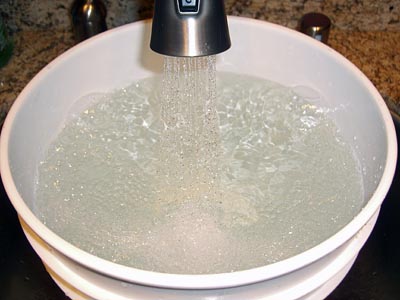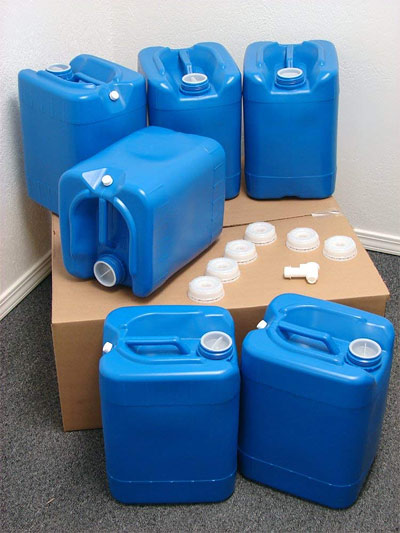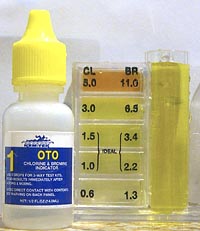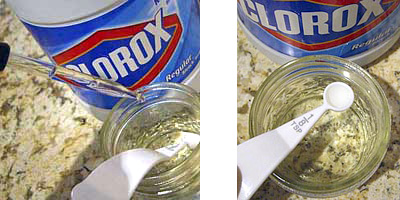Survival Water Storage | Chlorine Levels


Emergency water storage should be a survival preparedness priority BEFORE you think about storing food.
We cannot survive without (any) water / liquid for more than several days. And rarely as long as one week.
The human body is approximately 60 percent water by weight. Not only do we get our water from what we drink but also from the foods that we eat.
We can survive much longer without food than water. 3 weeks is an often referred number when asked this question. Or as long as 6 to 8 weeks with attributing favorable factors such as remaining hydrated with water, climate, etc.
Because we will not survive a week without water / liquids, this is why it’s so important to build a water storage supply first, BEFORE you think about food storage.
Or at least have a way to procure it, nearby! And Filter it!
Survival Storage of Drinking Water
A minimum storage recommendation is one gallon of water per person, per day. That’s absolute minimum, not counting your other needs for water.
That’s about 7 gallons per week, about 30 gallons a month.
This may or may not be an adequate storage reserve depending on your proximity to a non-municipal fresh water source. If you live near a pond, spring, river or lake, you could haul water in a 5-gallon bucket on a wagon. Then filter or boil it for drinking. Or add to your reserves.
There are specific designed containers that are safe for drinking water storage, available in all sorts and sizes.
An important consideration is the fact that water is heavy, It weighs about 8 pounds per gallon. You’re going to have trouble handling and moving containers that are exceeding 5-gallons (40 pounds).
Here’s a kit of (6) 5 gallon stackers:
5 Gallon Samson Stackers, 6 Pack (30 Gallons)
(potential amzn commission at no extra cost to you)

How to store water for an emergency
First, be sure the storage container is CLEAN.
Clean and Disinfect the container if it needs it.
If filling the container with tap water, the water will typically already contain about 0.5 – 1 ppm (parts per million) of chlorine. That’s technically adequate to ensure that bacteria germs and other organisms have been neutralized.
You can sample the chlorine level in your water by using a swimming pool chlorine test kit.
Poolmaster Water Chemistry Test Kit

An ideal chlorine level for water storage is from 1 to 3 ppm. Without it, the water may initially be at risk of organic contamination.
My experience to boost 5 gallons of 1 ppm tap water up to 3 ppm is to add 1/4 teaspoon of regular household bleach (no additives).

Read more: How Much Chlorine Bleach To Add In My Water Storage
Bleach – Water Ratio For Drinking Water Purification
Chlorine will breakdown over time (especially if exposed to sunlight). But so long as you started with purified water in a sealed container stored properly, it should remain in good shape over time.
Not that it will go ‘bad’, but it is advisable to renew and replace your water storage every six months to a year.
Continue reading: Is Stored Water Safe After One Year?
